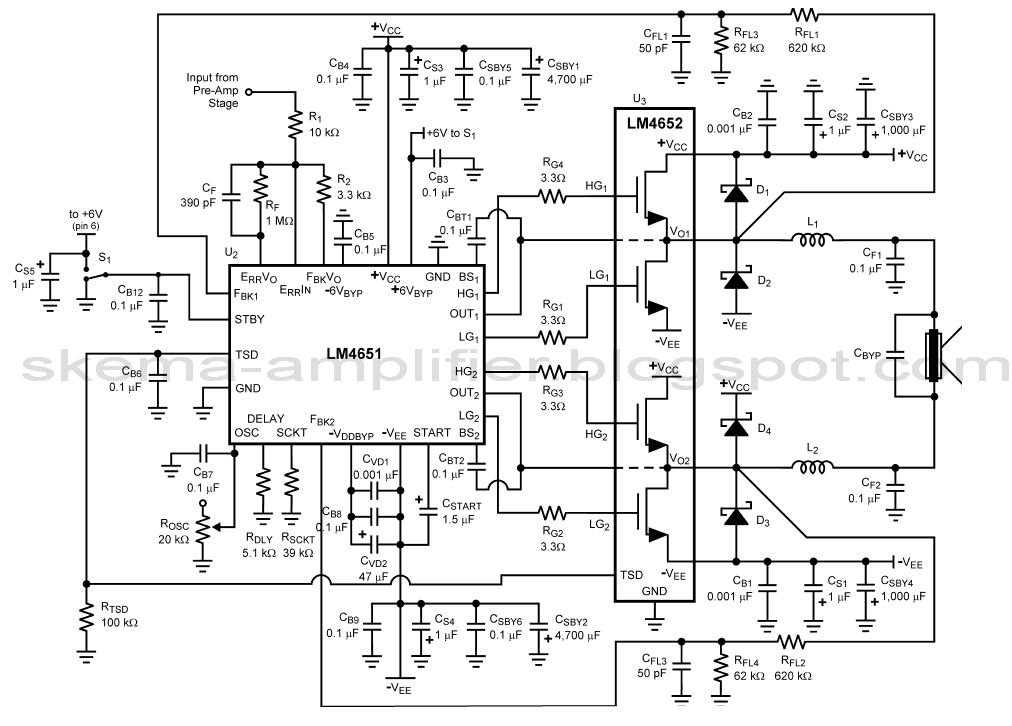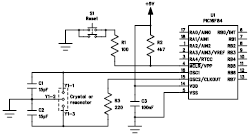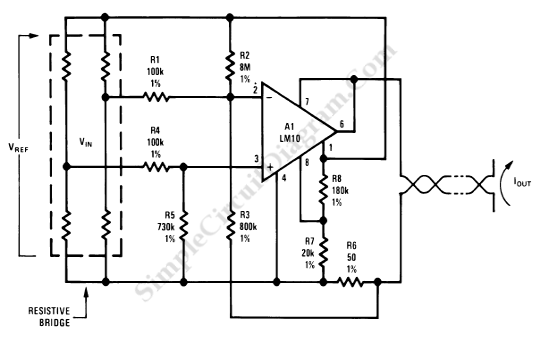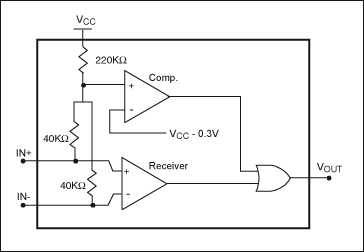
Linearize measurements from bridge circuits
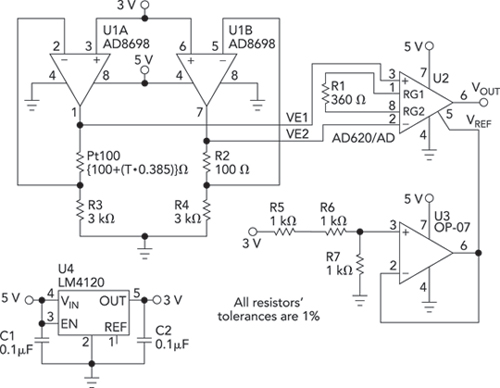
Bridge circuits are widely used for conditioning signals from resistive sensors. These circuits are sensitive to minor changes in resistance, providing a differential output from a single current or voltage source. However, the sensors connected to a passive bridge with one measuring branch do not yield linear outputs. Temperature sensors like RTDs produce slight resistance variations in response to temperature changes. To linearize the output of a bridge circuit, external linearizing circuits can be added. However, incorporating operational amplifiers for this purpose necessitates a bipolar power supply. The circuit depicted in Figure 1 illustrates an active bridge that delivers a linear voltage output using a unipolar power supply. It features the commonly used Pt100 RTD, which has a resistance of 100 ohms at 0 °C. With a temperature coefficient of 0.00385 ohms/ohm/°C, the resistance increases by 38.5 ohms from 0 °C to 100 °C, resulting in a resistance of 138.5 ohms at 100 °C. In Figure 1, resistors R3 and R4 convert the output from the 3-V power supply into two 1-mA constant currents, one in each branch of the bridge. At 0 °C, the bridge is balanced, leading to V1 - V2 = 0 V. The equation below describes the output of the circuit. Figure 2 presents a simulation of the output from 0 °C to 50 °C. If a passive bridge that produces a nonlinear resistance is utilized, linearizing circuits are still required before digitizing the analog output or the output must be linearized in software after digitization. Resistive sensors require excitation current, which this circuit supplies. The Pt100 RTD necessitates 1 mA of excitation current to achieve its specified performance. Given that the bridge voltage is 3 V, this results in 1 mA flowing through the RTD, leading to a power consumption of 0.1 mW in the sensor. This low power dissipation minimizes self-heating, which can impact measurement accuracy.
Bridge circuits are essential for accurately conditioning signals from resistive sensors, particularly in applications involving temperature measurement. The active bridge circuit described utilizes the Pt100 RTD, which is favored for its precise temperature response. The configuration of resistors R3 and R4 ensures that the bridge operates effectively at a constant current, thus maintaining balance and providing a stable output voltage proportional to temperature changes.
In practical applications, the linearization of the output is critical for ensuring that the readings from the RTD correspond accurately to temperature changes. The circuit's design allows for a unipolar power supply, simplifying power requirements and enhancing portability in various sensor applications. The inclusion of linearizing circuits or software-based linearization becomes necessary when dealing with passive bridges that exhibit non-linear characteristics.
The careful selection of the excitation current is also crucial. The circuit's ability to provide 1 mA of excitation current ensures that the Pt100 RTD operates within its optimal range, thereby delivering reliable performance. Low power dissipation is a significant advantage, as it reduces the risk of self-heating effects that could lead to erroneous readings. This design consideration is especially important in precision measurement applications where accuracy is paramount.
Overall, the described active bridge circuit exemplifies a robust solution for interfacing resistive temperature sensors, ensuring linear output while minimizing power consumption and maintaining measurement integrity across a specified temperature range.Bridge circuits have long been popular for conditioning signals from resistive sensors. These circuits are sensitive to small changes in resistance, and they provide a differential output from a single current or voltage source. But the sensors you connect to a passive bridge with one measuring branch don`t produce linear outputs.
Temperature sens ors such as RTDs produce small resistance changes as a function of temperature. You can linearize a bridge circuit`s output by adding external linearizing circuits. But adding op amps to linearize the output means you`ll need a bipolar power supply. The circuit in Figure 1 represents an active bridge providing a linear voltage output using a unipolar power supply. The circuit uses the popular Pt100 RTD, which has a resistance of 100 © at 0 °C. Its temperature coefficient of 0. 00385 ©/ ©/ C produces a 38. 5- © increase in resistance from 0 °C to 100 °C. Thus, the resistance is 138. 5 © at 100 °C. In Figure 1, resistors R3 and R4 convert the output from the 3-V power supply into two 1-mA constant currents, one in each branch of the bridge.
At 0 °C, the bridge is balanced and, thus, V1 V2 = 0 V. The equation below describes the circuit`s output: Figure 2 shows a simulation of the circuit`s output from 0 °C to 50 °C. If you use a passive bridge that produces a nonlinear resistance, then you still need linearizing circuits prior to digitizing the circuit`s analog output or you need to linearize the output in software after digitizing.
Resistive sensors require excitation current, which this circuit provides. A Pt100 RTD requires 1 mA of excitation current to get its specified performance. As the bridge voltage is 3 V, you get 1 mA through the RTD, for which the circuit consumes 0. 1 mW in the sensor. That low power dissipation minimizes self-heating, which can affect measurement accuracy. 🔗 External reference
Bridge circuits are essential for accurately conditioning signals from resistive sensors, particularly in applications involving temperature measurement. The active bridge circuit described utilizes the Pt100 RTD, which is favored for its precise temperature response. The configuration of resistors R3 and R4 ensures that the bridge operates effectively at a constant current, thus maintaining balance and providing a stable output voltage proportional to temperature changes.
In practical applications, the linearization of the output is critical for ensuring that the readings from the RTD correspond accurately to temperature changes. The circuit's design allows for a unipolar power supply, simplifying power requirements and enhancing portability in various sensor applications. The inclusion of linearizing circuits or software-based linearization becomes necessary when dealing with passive bridges that exhibit non-linear characteristics.
The careful selection of the excitation current is also crucial. The circuit's ability to provide 1 mA of excitation current ensures that the Pt100 RTD operates within its optimal range, thereby delivering reliable performance. Low power dissipation is a significant advantage, as it reduces the risk of self-heating effects that could lead to erroneous readings. This design consideration is especially important in precision measurement applications where accuracy is paramount.
Overall, the described active bridge circuit exemplifies a robust solution for interfacing resistive temperature sensors, ensuring linear output while minimizing power consumption and maintaining measurement integrity across a specified temperature range.Bridge circuits have long been popular for conditioning signals from resistive sensors. These circuits are sensitive to small changes in resistance, and they provide a differential output from a single current or voltage source. But the sensors you connect to a passive bridge with one measuring branch don`t produce linear outputs.
Temperature sens ors such as RTDs produce small resistance changes as a function of temperature. You can linearize a bridge circuit`s output by adding external linearizing circuits. But adding op amps to linearize the output means you`ll need a bipolar power supply. The circuit in Figure 1 represents an active bridge providing a linear voltage output using a unipolar power supply. The circuit uses the popular Pt100 RTD, which has a resistance of 100 © at 0 °C. Its temperature coefficient of 0. 00385 ©/ ©/ C produces a 38. 5- © increase in resistance from 0 °C to 100 °C. Thus, the resistance is 138. 5 © at 100 °C. In Figure 1, resistors R3 and R4 convert the output from the 3-V power supply into two 1-mA constant currents, one in each branch of the bridge.
At 0 °C, the bridge is balanced and, thus, V1 V2 = 0 V. The equation below describes the circuit`s output: Figure 2 shows a simulation of the circuit`s output from 0 °C to 50 °C. If you use a passive bridge that produces a nonlinear resistance, then you still need linearizing circuits prior to digitizing the circuit`s analog output or you need to linearize the output in software after digitizing.
Resistive sensors require excitation current, which this circuit provides. A Pt100 RTD requires 1 mA of excitation current to get its specified performance. As the bridge voltage is 3 V, you get 1 mA through the RTD, for which the circuit consumes 0. 1 mW in the sensor. That low power dissipation minimizes self-heating, which can affect measurement accuracy. 🔗 External reference

